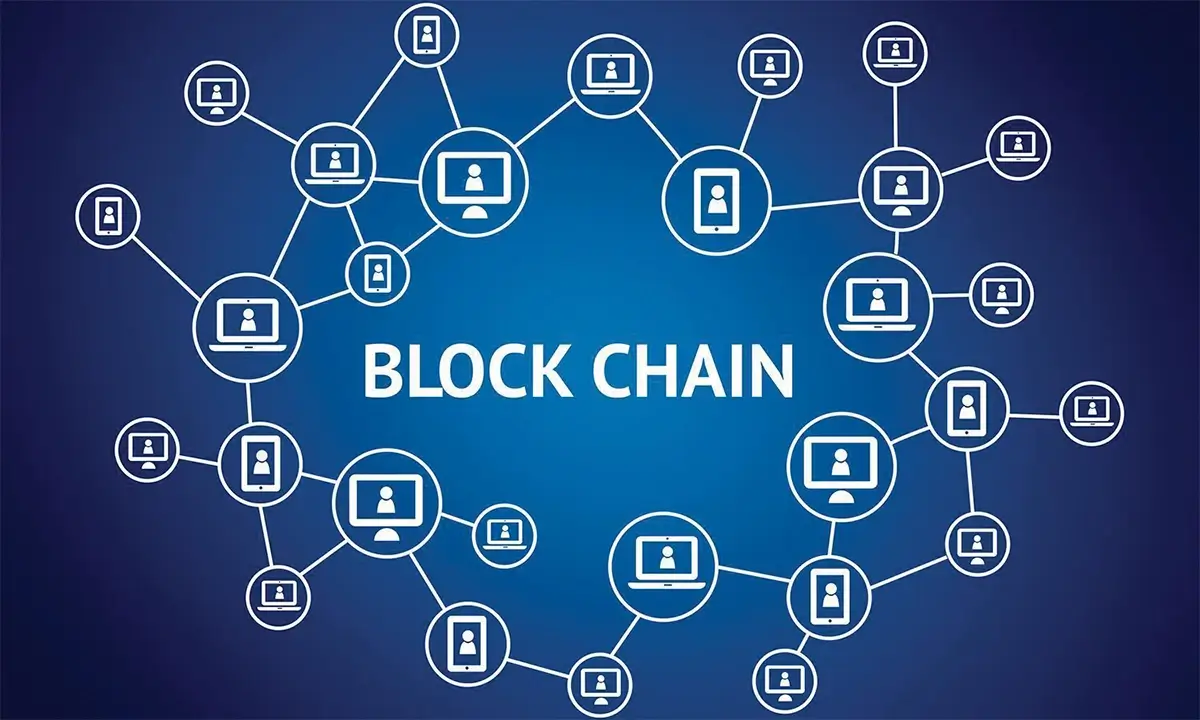Blockchain, the underlying technology of Bitcoin, enables immediate, global exchanges of digital currency. As a distributed ledger, the blockchain records and validates all digital transactions and events that occur among its users. Every transaction in the system is confirmed in synchrony by all of the members. There is a comprehensive record of all financial transactions. Blockchain is the technology that underpins Bitcoin, the most prominent cryptocurrency.
The distributed digital ledger utilized in blockchain technology prevents a single database from collapsing catastrophically. Real estate, vehicles, and other luxury goods are just a few examples of assets whose transactions can be recorded on the Blockchain. This blog will discuss the important terms within Blockchain which in turn will help beginners get a rough idea of the same.
How does Blockchain Technology work?
One of the famous uses of Blockchain is Bitcoin. Instead of a central authority, Bitcoin employs cryptographic evidence to validate transactions between users. Because of digital signatures, all corporate transactions are secure in today’s society. Distributed Database -Instead of a single server containing all of a blockchain’s data, the data is distributed among numerous computers in the network. Millions of machines throughout the world are linked to the Blockchain, all of which contribute to the flow of information. This approach may be used to notarize data because it is accessible on all nodes and can be independently checked. Network of nodes -The Blockchain Network of “nodes” is a group of networked computers. A client is required to connect a node to the Blockchain. Clients are used by the Blockchain to verify and publish transactions. When a node joins the Blockchain, it receives a complete copy of the distributed ledger and is instantaneously updated with the most current block of data. In the context of the Blockchain, a “Miner” is a Node that assists in the processing of a Transaction in exchange for a reward.Building Trust with Blockchain
- As soon as new transactions are received, each node in a Blockchain network adds them to the distributed ledger. Because there is no central server, everything happens in real-time.Only those who have been granted authorization to use the Blockchain through a mix of cryptography and access restrictions will be able to do so.
- Since all transactions have been kept on their respective nodes, every member of the Blockchain network has access to a comprehensive record of all transactions ever made. There is no one else present to obstruct their mutual examination.
- Because every node in the network must agree on the legitimacy of a transaction, this system is consensus-based. Consensus procedures are used to accomplish this.
- When specific circumstances are met, intelligent contracts may be implemented into the system to conduct specified activities. The Blockchain Network may be customized to meet the ever-changing needs of businesses.



